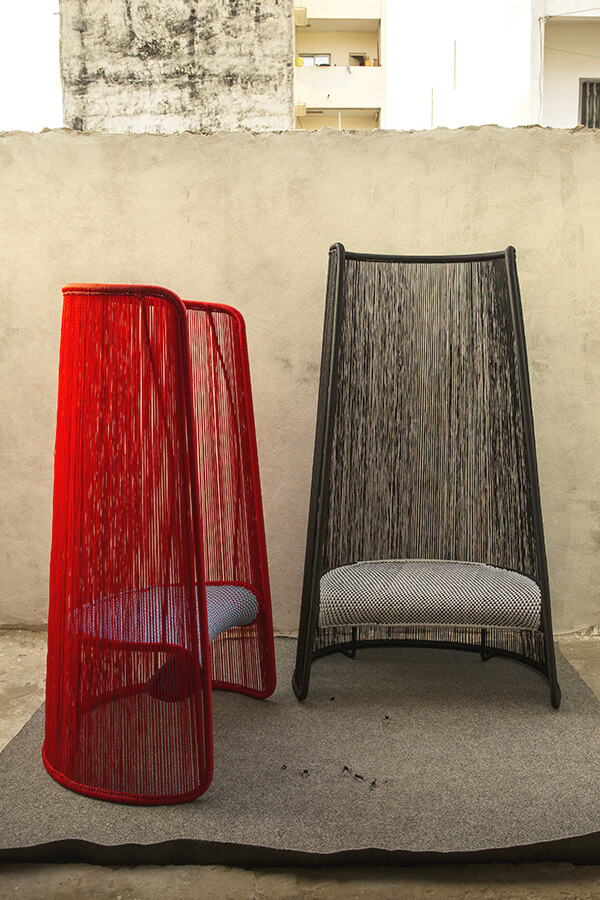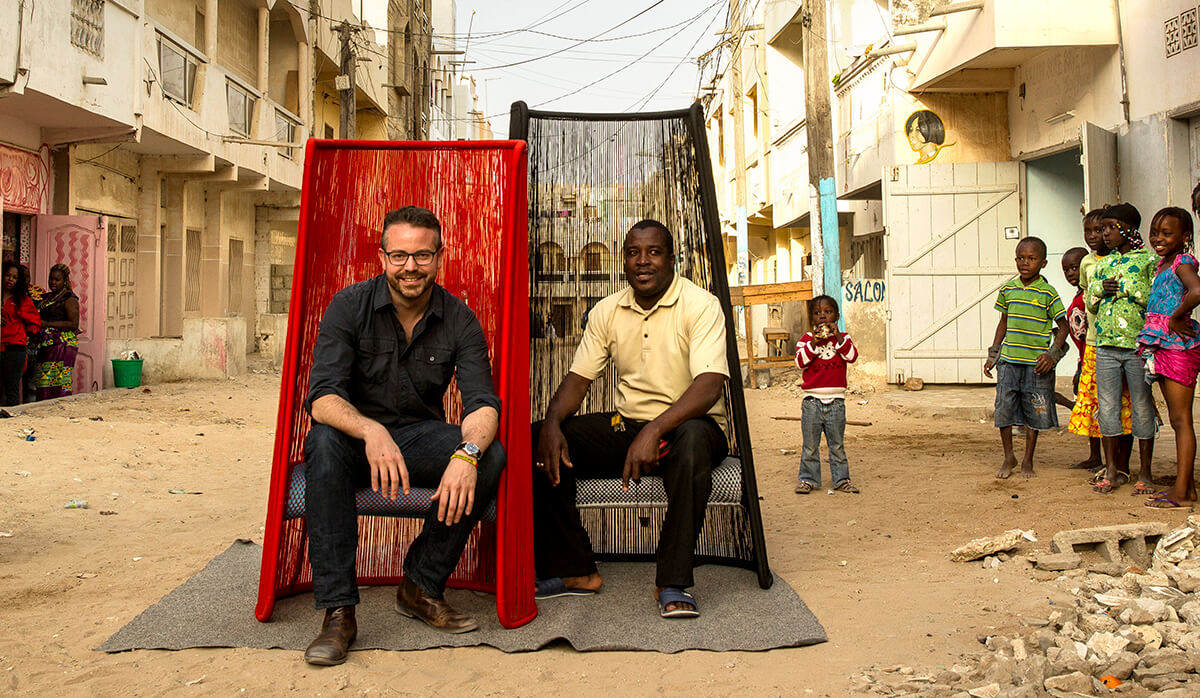Innovative design arrives when you listen to your inner child. Remembering your innocence and contacting curiosity will breed the innovative spirit needed to construct contemporary art.
Designing is purely exploration. It dissects the known and breaks apart the unknown, but design cannot always be found in solitude. It is said that great design is about relationships and should not be dedicated to the singular person. Discovering something new and sharing it with the world creates communication and relationships that are vital to growing. The best part of sharing design is the possibility of sparking curiosity within another individual that encourages them to dismantle your product, and, once again, create unique art.
Marc Thorpe, an architect and designer based in New York City, is well known for inventing with a childlike mindset. He holds a B.A. in graphic and industrial design from the University of Maryland and a Master of Architecture degree from the Parsons School of Design. He has gained media attention throughout the years for many contributions to design and for his collaborations with Moroso, an Italian design house and furniture manufacturer. This year, he released his collection HUSK, which was inspired by the organic architecture of corn. HUSK is an exciting collection that reminds artists to return to their playful roots and explore the simple things that surround their everyday environment.

It helps to get sidetracked.
While traveling abroad, Marc Thorpe took a pit stop at a cornfield to take pictures and breathe fresh air. He picked up a cornhusk and as he was peeling back the layers, an idea for a chair design popped into his head. He went to his drawing board and sketched the initial prototype for the chair. After approval from Patrizia Moroso, the owner of Moroso’s Italian design house, he flew to Dakar, Senegal, to work with local craftsmen to create the structure and textile of the chair. They encountered numerous problems with the structure due to the natural curves and smooth lines of the design. When they finally perfected the steel skeleton, they began to weave the fabric through the chair.
Halfway through weaving, the chair’s steel poles started to bend. So Thorpe told the workmen to stop. Defeated, one of the workers took a seat on the chair. At that moment, Thorpe realized what had occurred. The problems they encountered while building the chair made them stop weaving for a reason. The sun was streaming perfectly through the walls of the HUSK chair, creating a spaghetti-like cocoon around the worker. Thorpe was enlightened by the chair’s imperfect and aesthetically appealing qualities.
Thorpe’s HUSK chairs remind us to welcome our everyday curiosity and remember that mistakes can lead to groundbreaking innovation. Designing should never be forced, but rather a gradual process that sneaks up when we least expect it. If we encounter obstacles during the creative process, sometimes a little fresh air, a mistake, or a previously unseen part of everyday life will guide creativity in the right direction.
